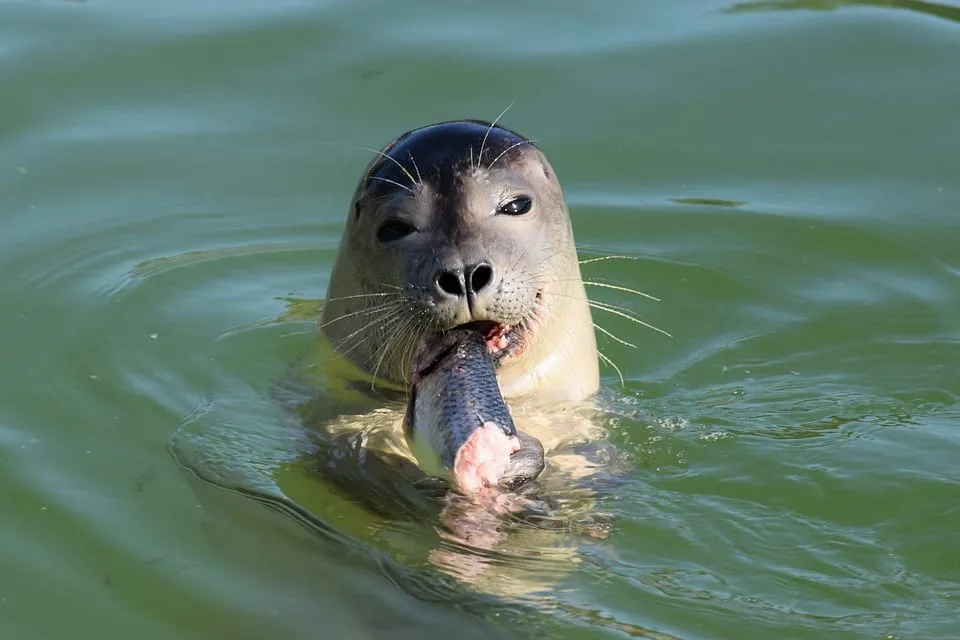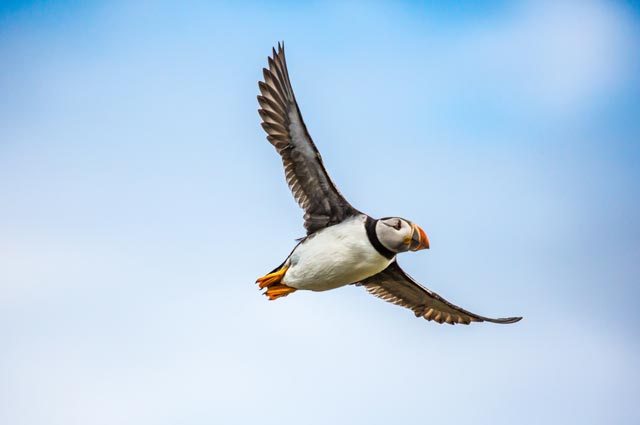Introduction to the Cornish Sucker Fish
Here in Cornwall, we have our fair share of unique creatures, but none perhaps quite as unique as the sucker fish. Sometimes called ‘clingfish’ due to the way they suction onto rocks, Cornish sucker fish are often found near the low-tide mark on beaches all over Cornwall.
What is the Cornish Sucker Fish?
This peculiar-looking fish has a duck-billed mouth, tentacles in front of its nostrils, and a flattened head with two turquoise “eye” spots on the top to deter predators by giving the illusion of being bigger than it is. A weird mish-mash to look at perhaps, but Cornish sucker fish are perfectly adapted to thrive in their chosen environment and are an important contribution to the rich ecosystem of our coastlines.
Unique Characteristics of the Cornish Sucker Fish
Cornish sucker fish is of the Lepadogaster genus – creatures from this category share many of the same characteristics as eels and sea horses (to name but a few!). One of the most special features of the Cornish sucker fish is that its vibrant, slimy, tadpole-like body can change colour depending on the surface it finds itself on. When hidden among the vibrant seaweed and rocky crevices, the Cornish sucker fish becomes virtually invisible, making it a master of disguise. The reddish/brown hue can vary in intensity depending on its mood and surroundings, sometimes reaching a vibrant purple when the circumstance requires. This cryptic colouration provides a form of camouflage against predators and prey alike.
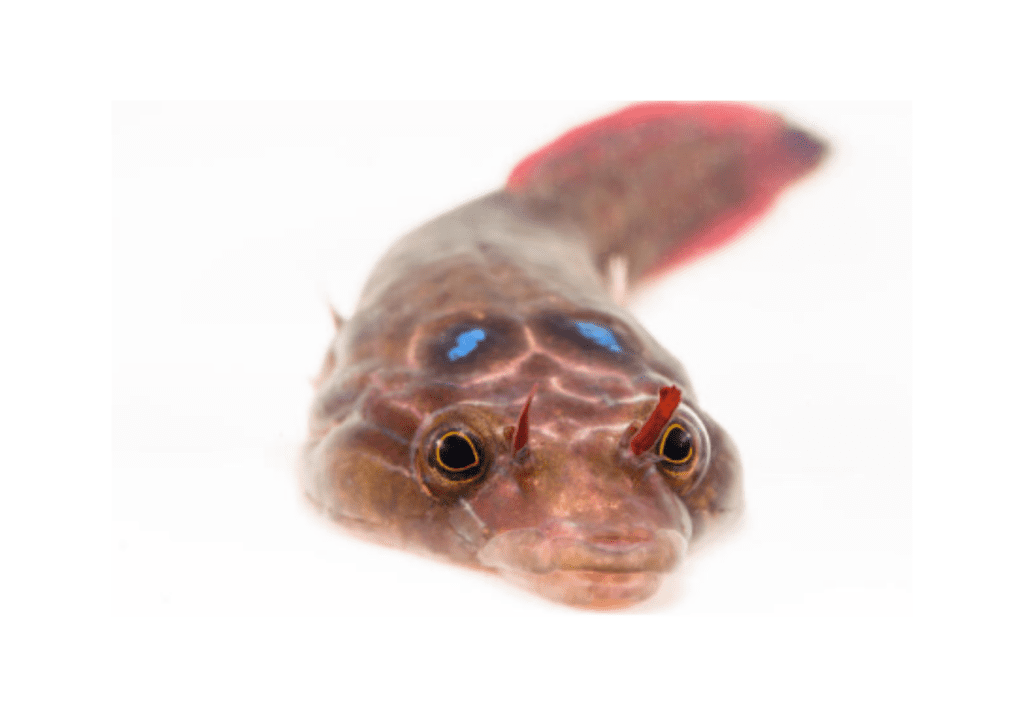
Habitat and Distribution
These curious fish are most at home living among the strong currents and crashing waves of the foreshore on the rocky western coast of the UK. Cornish in name, Cornish sucker fish are not only found here in Cornwall but can also be found across the whole South West, as well as into Wales, South West Scotland, and Ireland.
Where to Find Cornish Sucker Fish in Cornwall
Whilst common, these secretive creatures are seldom found by rock poolers due to the way they conceal themselves by clinging underneath seaweed-covered rocky overhangs. However, if you tread carefully and know where to look, you can sometimes find them clinging underneath larger rocks near the tideline on seaweed-covered shores in Spring and Summer.
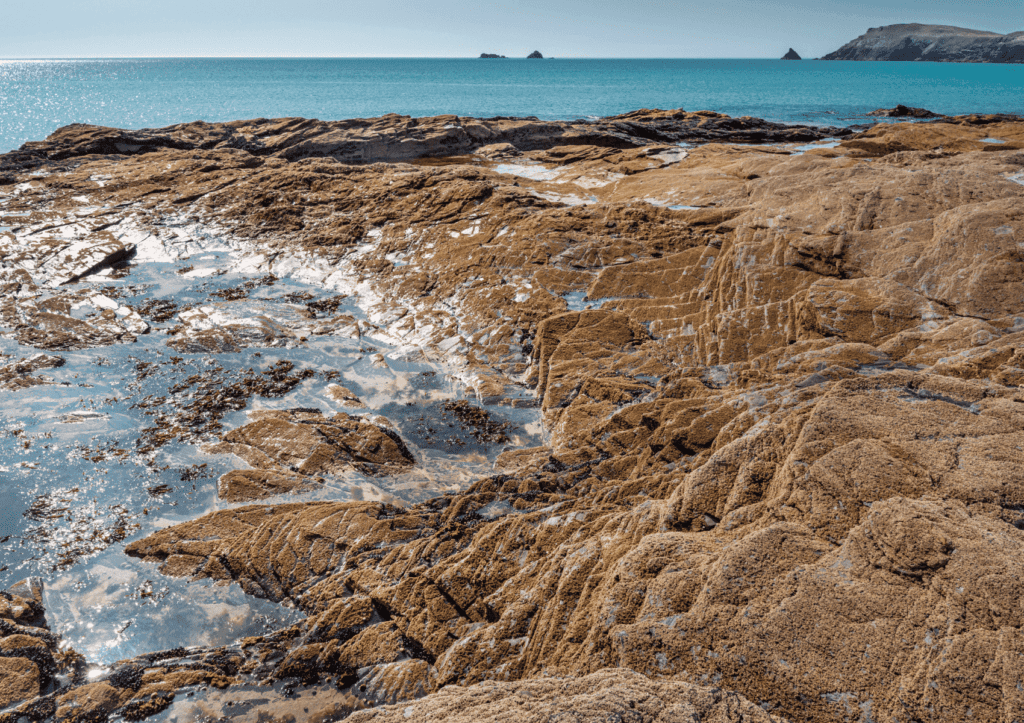
If you are fortunate enough to find a Cornish sucker fish, please make sure that you never attempt to lift them or scrape them off the rocks because they could be guarding their eggs. Always follow the Seashore Code when rock pooling and leave everything exactly as you found it.
The Biology of the Cornish Sucker Fish
Cornish sucker fish boast some incredible adaptations that enable them to thrive in their rocky habitat – their unique biology sets them apart from other marine species and makes them a fascinating addition to our shores.
Diet and Feeding Habits
Sucker fish feed on small crustaceans and other invertebrates that dwell among the rocks and fronds of seaweed but their feeding (and social) habits are passive. Instead of actively swimming around and searching for food as many fish do, the Cornish sucker fish will lie in wait and patiently scan its surroundings for food. If no food comes by, then the sucker fish will swim a short distance before stopping and scanning its surroundings once more. This continues until the sucker fish finds its food, enabling it to conserve energy as it lies in wait.
Sucker fish spend most of their time clinging to boulders, so to ensure that they receive a steady supply of food, their mouths are equipped with tiny bristle-like teeth which help them to scrape algae and small organisms from rocks. This specialised feeding behaviour also helps to control algae growth, making them an important contributor to the health of our ecosystems.
Physical Description and Identification
One of the most intriguing aspects of the Cornish sucker fish is the way it can attach itself firmly to rocks using a specialised sucking disc on its underside. It has a rounded head with large eyes that provide excellent vision, allowing it to navigate through complex underwater environments.
Reproduction and Lifecycle
Cornish sucker fish have a complex life cycle consisting of a larval and adolescent stage before reaching adulthood.
Sucker fish spawning occurs mainly during the winter season, and the female lays her eggs somewhere safe and secluded away from predators, such as a crevice or deep hole in the rocks. The male then fertilizes the eggs externally before guarding them until they hatch. The young fish are born with a fully functional sucking disc, which allows them to attach to surfaces from an early age. These curious creatures spend their time as larvae inside a transitional host (usually plankton). Once they graduate from the larval stage, they settle close to the ocean floor and stay there until they reach full maturity.
The Role of Cornish Sucker Fish in the Ecosystem
Despite its small size, the sucker fish plays an important role in the rich ecosystem where it lives. Its crucial role in the marine food chain makes it a fascinating species to study. By understanding more about this small but significant creature, we can gain valuable insights into the delicate balance of life in our oceans.
Importance to the Marine Ecosystem
Cornish sucker fish help to control populations by preying on detritus and small invertebrates to help maintain balance within the delicate marine ecosystems around our shores. Not only this, but many larger predatory species such as seabirds and larger fish rely on sucker fish as food.
Predators and Threats
Larger fish, such as bass and pollock often prey on the Cornish sucker fish, as do seagulls and cormorants who eat them when they venture closer to the water’s surface.
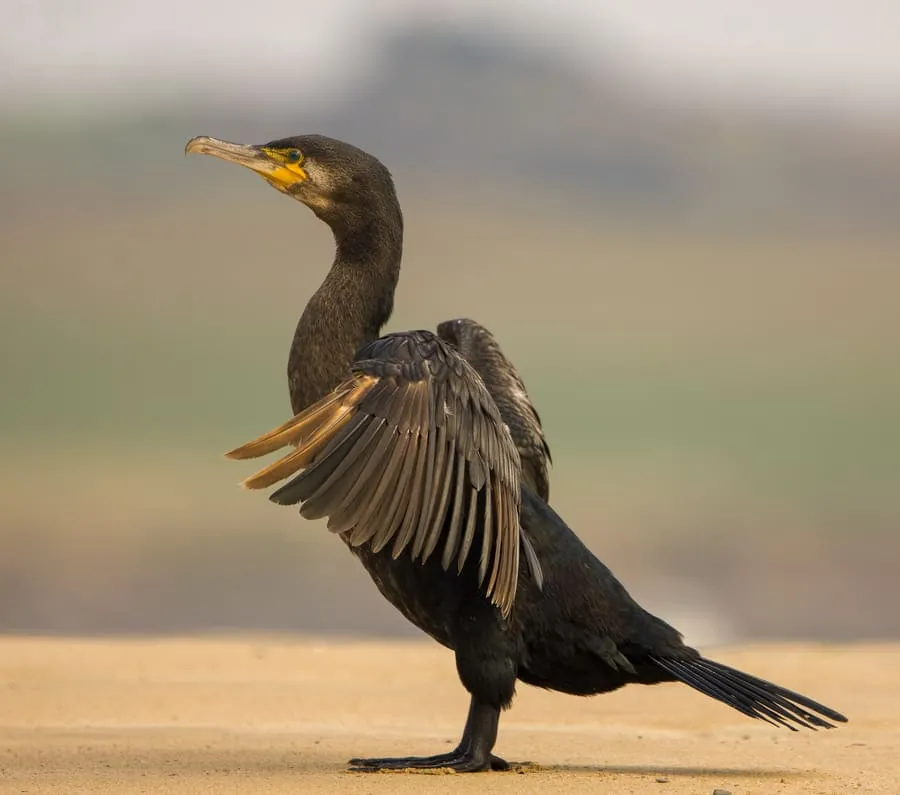
While the Cornish sucker fish may seem harmless and unassuming, it faces several threats in its natural habitat. Sucker fish are typically found in rocky areas with ample algae and seaweed for feeding, but these habitats are becoming increasingly scarce. Coastal development, pollution, and climate change are all issues which contribute to the degradation and loss of the fish’s preferred habitats meaning it has to seek alternatives which puts pressure on their populations.
Observing Cornish Sucker Fish in Their Natural Habitat
Sucker fish are masters of disguise, blending seamlessly with their surroundings. If you’re trying to spot Cornish sucker fish in their natural habitat you’ll need to plan your rock pooling escapade carefully, tread lightly, and keep your eyes peeled.
Tips for Spotting Cornish Sucker Fish
These crafty fish often cosy up to rocky terrain, using the nooks and crannies for cover to ensure they go unseen by predators. If you’re exploring a rocky seabed or seaweedy rockpool, being patient and observant is key. Cornish sucker fish might be playing hide-and-seek in the underwater rock formations, just waiting for the perfect moment to make an appearance.
Keep an eye out for their unique markings, usually a mix of earthy tones like browns and greens. They might look like just another piece of underwater foliage, so channel your inner detective and look for subtle movements or the flicker of a fin.
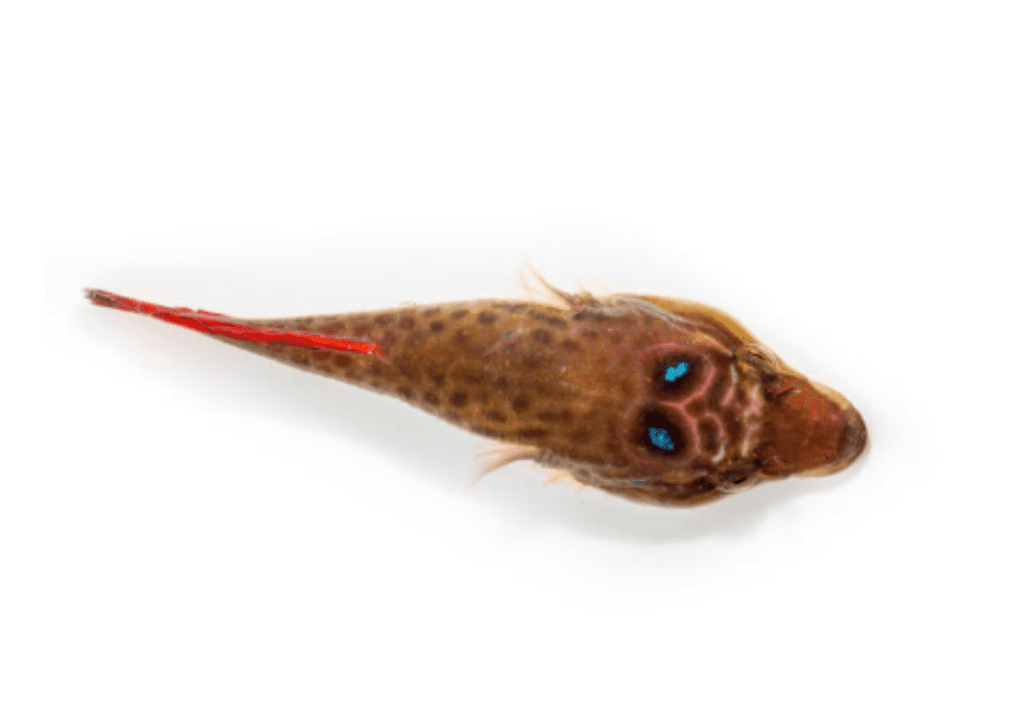
Best Times and Locations for Sightings
Cornish sucker fish are shy creatures, preferring the low light hours of dawn and dusk to venture out from their rocky hiding spots. If you’re hoping to spot one then try wandering further down the beach near the low tide mark. It is here where sucker fish seek out damp boulders at low tide, or cling to a rocky overhang beneath the swaying seaweed.
Summary
Conservation efforts are crucial to protect the Cornish sucker fish from habitat threats and ensure their long-term survival. Efforts to preserve and restore their natural habitats are essential, as well as implementing measures to reduce pollution and mitigate the effects of climate change. This peculiar little fish with its unusual markings and unique features is an important addition to our ecosystem and we must do all we can to protect it.
Experience the Wonders of Cornwall’s Marine Life
From wave-splashed shores to quiet secluded coves, the Cornish coast boasts a rich array of marine life, many of which are visible on our wildlife boat trips.
Join Our Wildlife Boat Trips
Jump aboard a wildlife boat trip to explore the variety of marine species living here in Cornwall. Not only will you get the chance to get up close to some amazing animals, but you will also gain insights about these creatures and their habitats from our knowledgeable guides.
What to Expect on Your Sealife Safari Adventure
Depending on the time of year that you choose to visit, you’ll have the chance to see several different species on your sea life safari boat trip. The most common mammal that we encounter on our safaris are grey seals. Around 40% of the world’s population of these charming creatures live around the British Isles, they are regular sights on our trips. The deep waters near Padstow are also bursting with wildlife, dolphins and porpoises. In the summer months you may even have the chance to spot a basking shark!
We can’t guarantee which birds, mammals and fish will appear on any given day – but with a bit of luck, you can see some truly remarkable species during your day out. Get in touch and book your boat trip, we can’t wait to show you the wealth of natural beauty which surrounds us.
